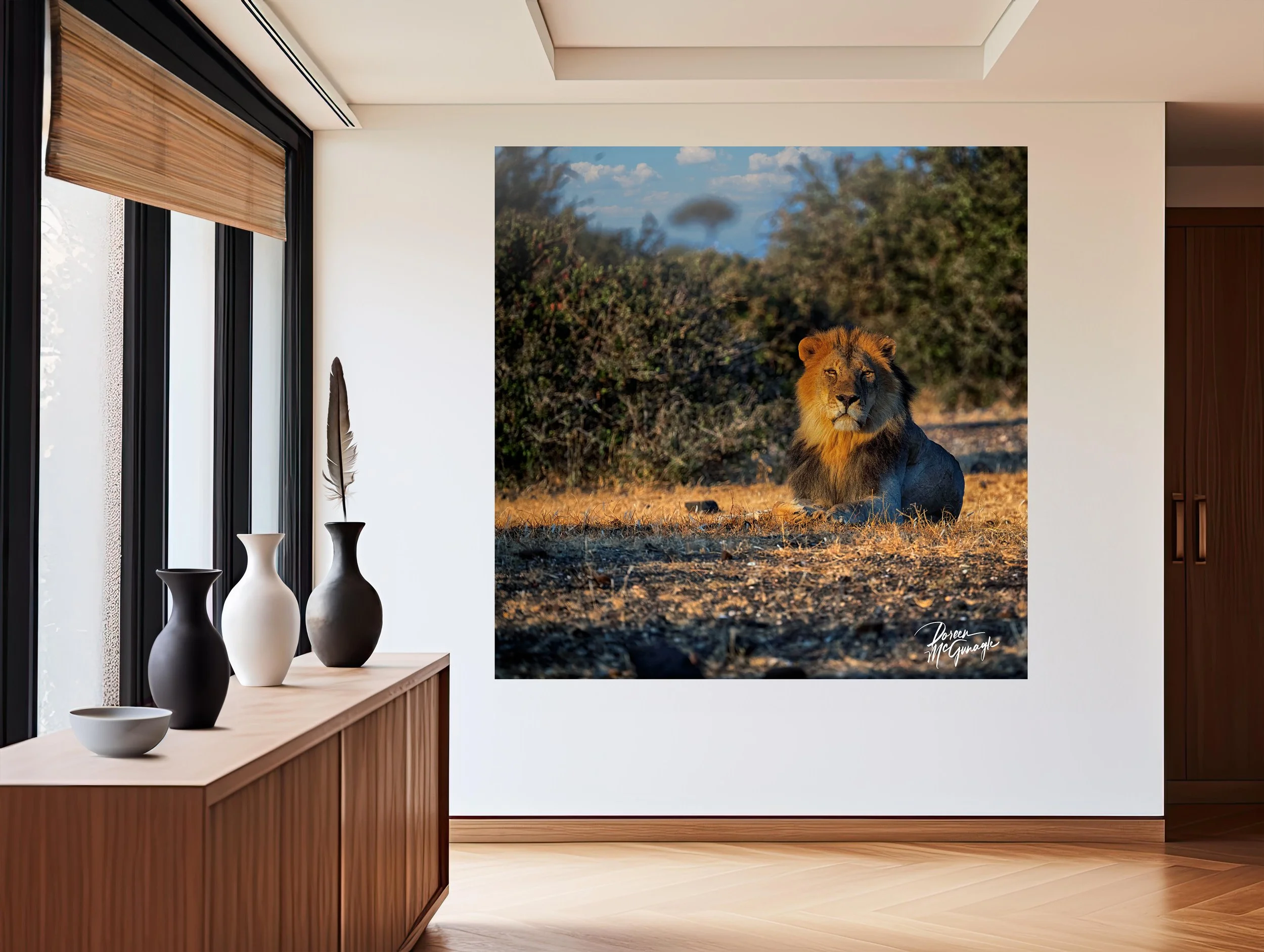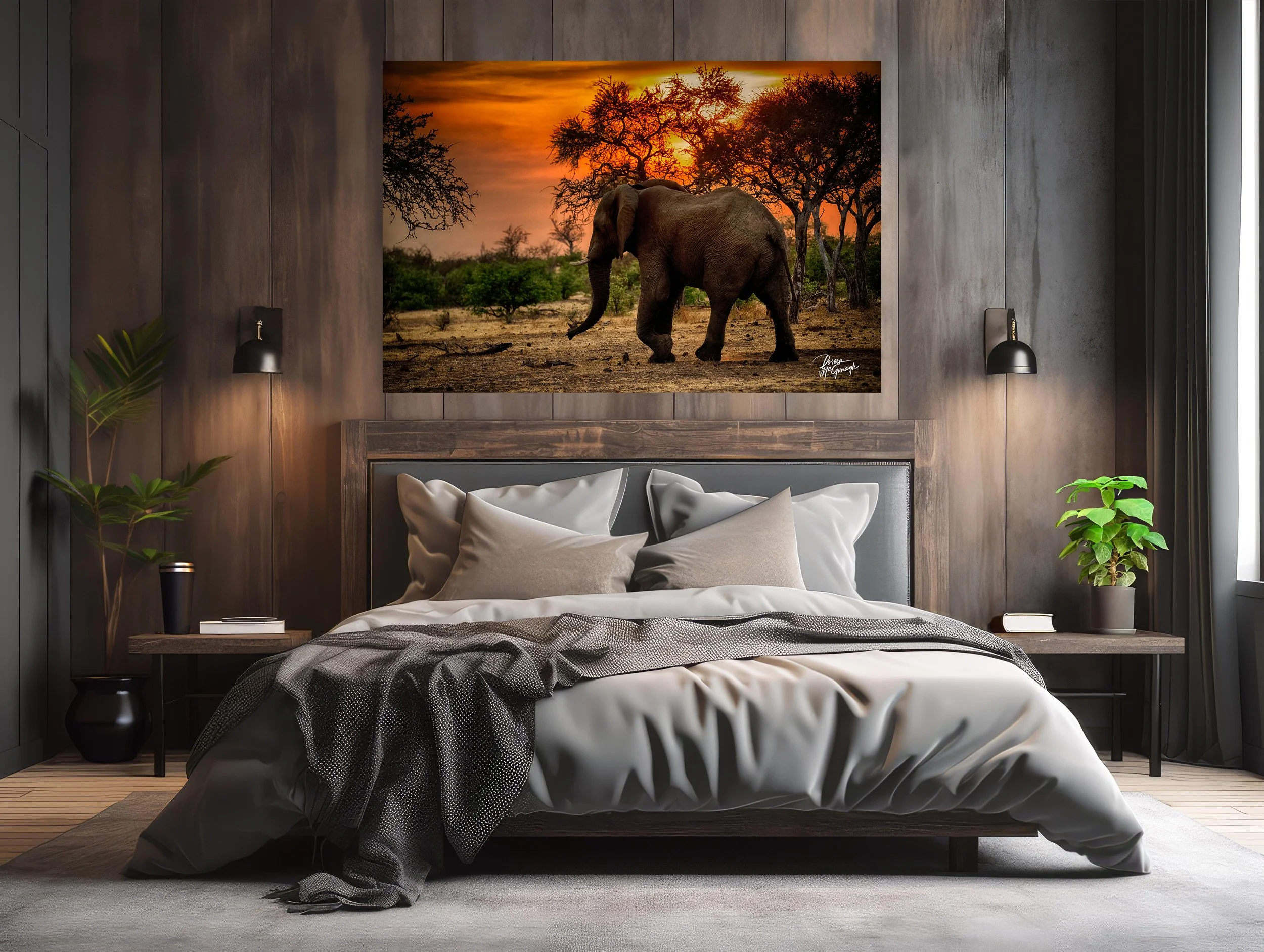The Beauty of Nature’s Influence
In our fast-paced, technology-driven world, the allure of nature and its profound influence on fine art photography remains undiminished. The majesty of a mountain range, the tranquility of a forest, and the drama of a stormy sea continue to inspire artists and audiences alike. Fine art nature photography is not only a means to capture the beauty around us but also a powerful tool for conservation and a way to enjoy nature from within the confines of our homes or galleries. In this article, we delve into the captivating world of fine art photography that draws its essence from nature, and how it can reconnect us with the Earth's splendor and importance.
The Essence of Fine Art Nature Photography
Fine art nature photography goes beyond mere snapshots of the environment. It is an artistic expression that seeks to evoke emotion, provoke thought, and often, to communicate a deeper message about the natural world. The genre elevates the act of taking photographs to an art form, where the photographer's vision and technique work in tandem to produce images that are both aesthetically pleasing and meaningful.
Capturing the Spirit of the Wilderness
For many fine art photographers, the wilderness is their canvas and light is their paintbrush. With a careful composition, unique perspectives, and the interplay of light and shadow, nature photographers create works that reflect the spirit and essence of the wilderness. They strive to convey the textures, patterns, and colors that are the signatures of Mother Nature, bringing viewers into scenes that might otherwise go unnoticed.
A Medium for Conservation
Fine art nature photography also plays a pivotal role in conservation efforts. Through breathtaking imagery, photographers can raise awareness about the fragility of natural habitats and the urgent need to protect them. Conservation photography, a subset of fine art nature photography, is a visual advocacy for the preservation of nature, often highlighting the impact of human activities on the environment.
King of the Savanna
The golden hues of the savanna at sunset create a warm and inviting backdrop for the regal lion, who captivates the viewer with its direct gaze and powerful presence. The mane, flowing and full, adds to the lion's aura of nobility and grace. Learn more
The Techniques Behind the Art
Fine art nature photography is a meticulous craft that requires patience, skill, and a deep understanding of the natural world. Photographers often spend hours, if not days, waiting for the perfect conditions to capture their intended shot.
Mastering Light and Exposure
One of the most crucial elements in nature photography is light. Mastering exposure is essential for capturing the mood of a landscape and highlighting the subject. Photographers must understand the nuances of natural lighting, from the golden hour to overcast skies, to enhance the visual impact of their photos.
The Art of Composition
Composition is another key aspect of fine art nature photography. The rule of thirds, leading lines, and framing are some of the techniques used to guide the viewer's eye and create a harmonious balance within the image. The goal is to simplify the scene, removing any unnecessary elements that do not contribute to the overall narrative of the photograph.
Enjoying Nature Through Photography
Fine art nature photography allows people to enjoy and appreciate the outdoors from afar. It brings the wonder of the natural world into our everyday lives, offering a moment of peace and reflection amidst our busy schedules. For those unable to venture into the wilderness, these photographs serve as a reminder of the beauty that exists beyond our urban landscapes.
Decorative and Emotional Impact
Fine art nature photographs often adorn the walls of homes and businesses, providing a decorative touch that also carries emotional weight. The images can serve as a personal sanctuary, a source of inspiration, or a conversation starter about the importance of nature and environmental stewardship.
Accessibility for All
Fine art nature photography also makes the beauty of the wild accessible to everyone. It democratises the experience of nature, allowing those who may be physically unable to explore these environments to still enjoy and connect with them through the power of imagery.
African Ambiance
This piece is a true celebration of the natural world and a reminder of the importance of conservation efforts to protect these magnificent creatures. Experience the serenity of the wilderness and the awe-inspiring presence of the elephant in this inspiring work of art. Learn more
The Role of Technology in Nature Photography
Advancements in photography equipment and technology have expanded the capabilities of fine art nature photographers. High-resolution cameras, drones, and sophisticated editing software have opened new avenues for creativity and expression.
High-Resolution Detail
The detail captured in fine art nature photography can be astounding. With high-resolution cameras, photographers can reveal the intricate patterns of a leaf or the texture of a rock face in stunning clarity. This level of detail invites viewers to immerse themselves in the natural elements, fostering a deeper appreciation for the complexity of the natural world.
The Aerial Perspective
Drones have revolutionized the way we see landscapes, providing a bird's-eye view that was once only possible from an aircraft. This aerial perspective can unveil patterns and relationships within the environment that are invisible from the ground, offering a fresh and often breathtaking take on familiar scenes.
Post-Processing Artistry
Post-processing is an integral part of fine art nature photography, allowing photographers to fine-tune their images to match their creative vision. Editing software can enhance colors, adjust contrast, and manipulate light to create the final artwork. It is in this digital darkroom where the raw materials of nature are transformed into the polished works of art we admire.
The Future of Fine Art Nature Photography
As we look to the future, fine art nature photography will continue to evolve with technology and changing social attitudes towards the environment. The growing importance of sustainable practices and the need for conservation will likely shape the themes and messages within the genre.
Embracing New Technologies
Emerging technologies such as virtual reality (VR) and augmented reality (AR) may offer new ways to experience fine art nature photography. Imagine donning a VR headset and finding yourself immersed in the heart of a rainforest or standing at the edge of a towering cliff, all from the comfort of your home.
A Tool for Change
Photographers have the potential to become influential advocates for the environment, using their art to spark dialogue and inspire action. The emotional resonance of fine art nature photography can move people to reconsider their relationship with the natural world and take steps towards its preservation.
Conclusion
Fine art nature photography is more than just capturing the external beauty of landscapes and wildlife. It is a medium that can stir the soul, provoke thought, and inspire change. By combining artistic vision with a love for the natural world, photographers create works that not only celebrate the Earth's beauty but also remind us of our responsibility to protect it. Whether hanging on a wall or viewed through a screen, these images stand as a testament to the enduring influence of nature in art and the critical role photography plays in its preservation.


